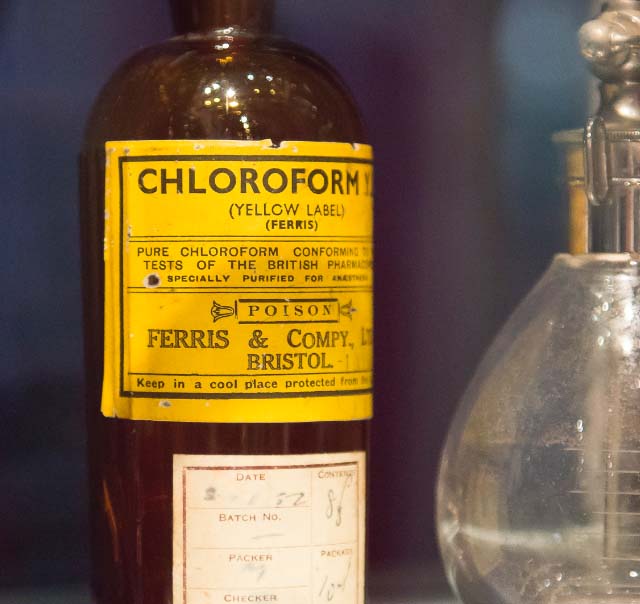What Is Anesthesiology?
Anesthesiology is an important branch of medicine as it makes surgery safe, feasible and possible. During and after surgery the patient feel the pain and discomfort hence they may be given anesthesia.
Anesthetic is basically a medicine that acts as a sedative. The term anesthesia means loss of sensation. It produces loss of sensation to all types of cells and especially those of nervous sysem.. The important aspect of anesthetics are the loss of consciousness is reversible.
Types:
1. General - complete loss of consciousness all over the body.
2. Local - lack of sensation in the area being operated on.
Ether:
The discovery of ether for the use as an anesthetic was in 1846 which marked the birth of a modern age in anesthesiology. The first true demonstration of ether as an inhalation anesthetic was on October 16, 1846 by William T.G. Morton, a Boston dentist. He discovered the anesthetic properties of ether in his search to provide patients with relief from painful dental procedures.
Preparation:
1. safe
2. does not modify blood pressure
3. economical
4. can be stored properly
Disadvantages:
1. induction of ether is slow
2. inflammable
3. recovery is slow.
Chloroform:
Chloroform or trichloromethane is an alkylchloride with the formula CHCl3. It is a very volatile, colorless, strong-smelling, dense liquid that serves as a powerful general anesthetic, and sedative.
Preparation:
Industrially, chloroform is produced by heating a mixture of chlorine and either methyl chloride (CH3Cl) or methane (CH4). At 400–500 °C, free radical halogenation occurs, converting these precursors to progressively more chlorinated compounds:
CH4 + Cl2 → CH3Cl + HCl
CH3Cl + Cl2 → CH2Cl2 + HCl
CH2Cl2 + Cl2 → CHCl3 + HCl
Disadvantages:
The anesthetic use of chloroform has been discontinued, because it caused deaths from respiratory failure and cardiac arrhythmias. Following chloroform-induced anesthesia, some patients suffered nausea, vomiting, , jaundice, and coma owing to hepatic dysfunction.
Chloroform converts slowly in the presence of UV light and air to the extremely poisonous gas, phosgene (COCl2), releasing HCl in the process.
2 CHCl3 + O2 → 2 COCl2 + 2 HCl







No comments:
Post a Comment